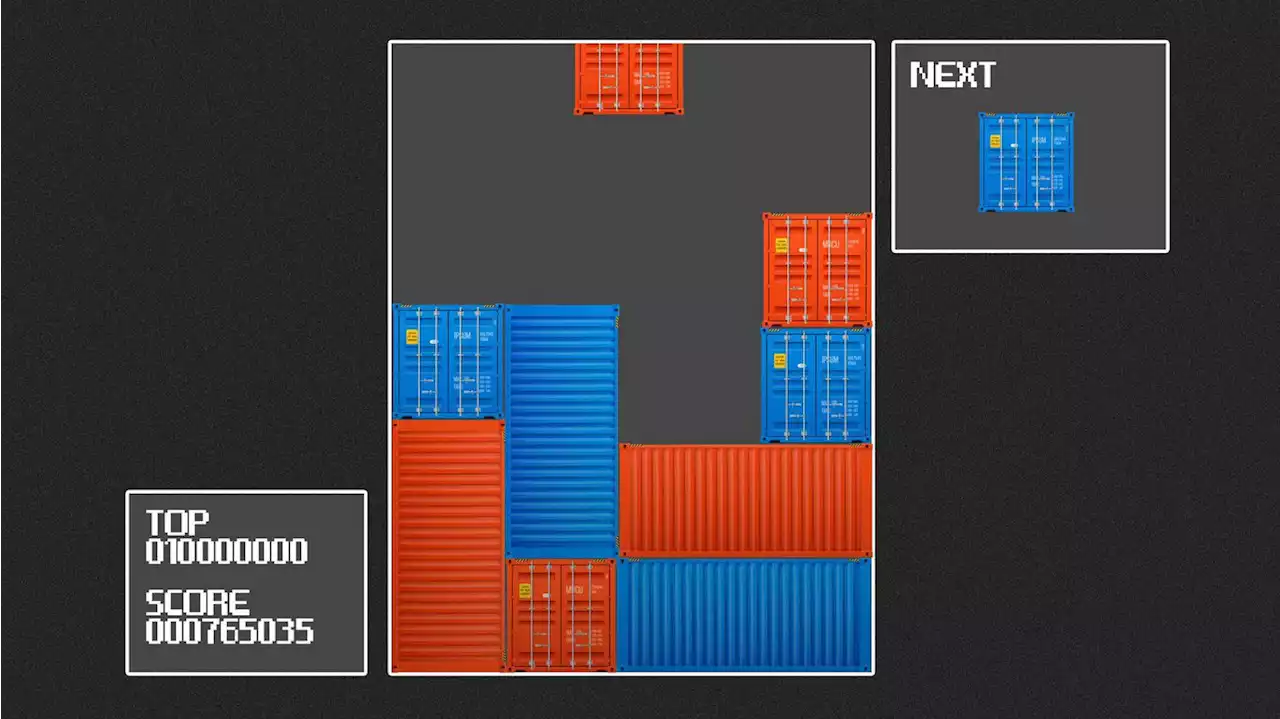Supply chain bottlenecks are beginning to clear up as consumer spending returns to a more normal mix of goods and services.
Why it matters:
We've been dealing with one supply chain crisis after another since the pandemic threw the global economy out of whack — and it's been contributing to runaway inflation.At 1.84 points above typical levels — down from an all-time high of 4.32 in December — the GSCPI's downward movement suggests that products are slowly moving more freely through the economy.
"We expect most retailers to reduce forward inventory purchases given lower demand expectations," Fitch Ratings reported Monday. "This should support eventual margin stabilization as inventory levels correct and also ease some supply chain bottlenecks."The pandemic shifted spending from services to physical goods in historic fashion, creating demand that manufacturers, logistics companies and retailers weren't prepared for.
In apparel, Under Armour CFO David Bergman said Wednesday that they are now seeing signs that supply chain disruptions "could find some balance from this point" through the end of the year.Port backups — which have driven many of the supply chain issues — remain significant, straining access to certain goods. And the global semiconductor chip shortage, key to the shortage of new vehicles, is expected to take years to resolve as companies like Intel build new on-shore factories.
"There’s less cargo flowing," Ocean Audit CEO Steve Ferreira tells Axios, "but there’s still so much backed up."You might still want to plan ahead on your holiday shopping list. But the situation appears to be headed in the right direction.
